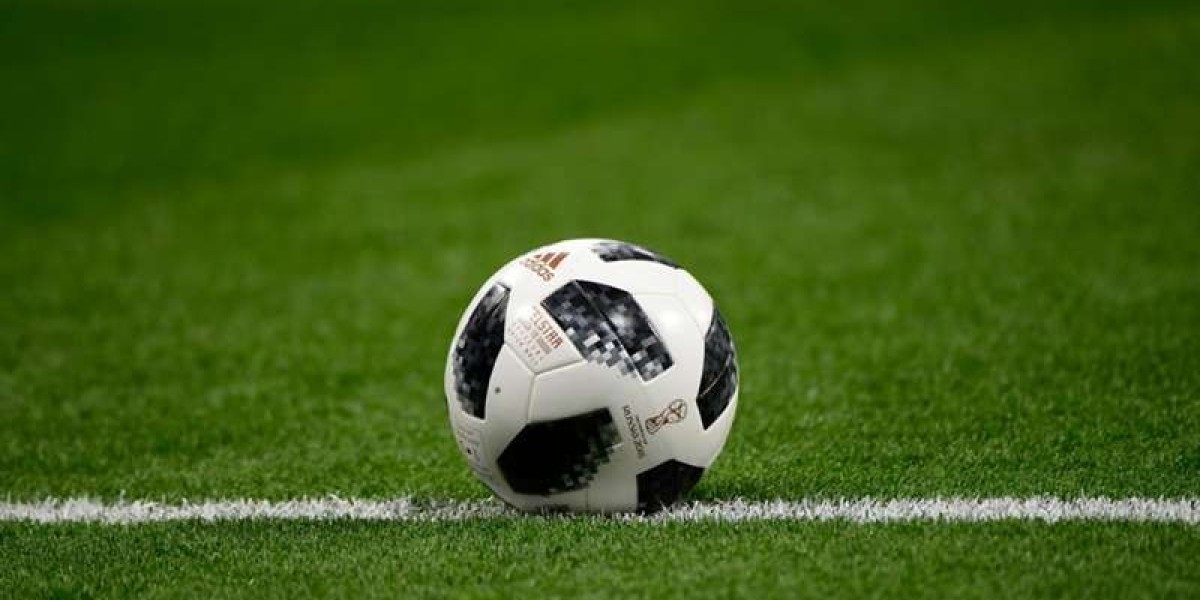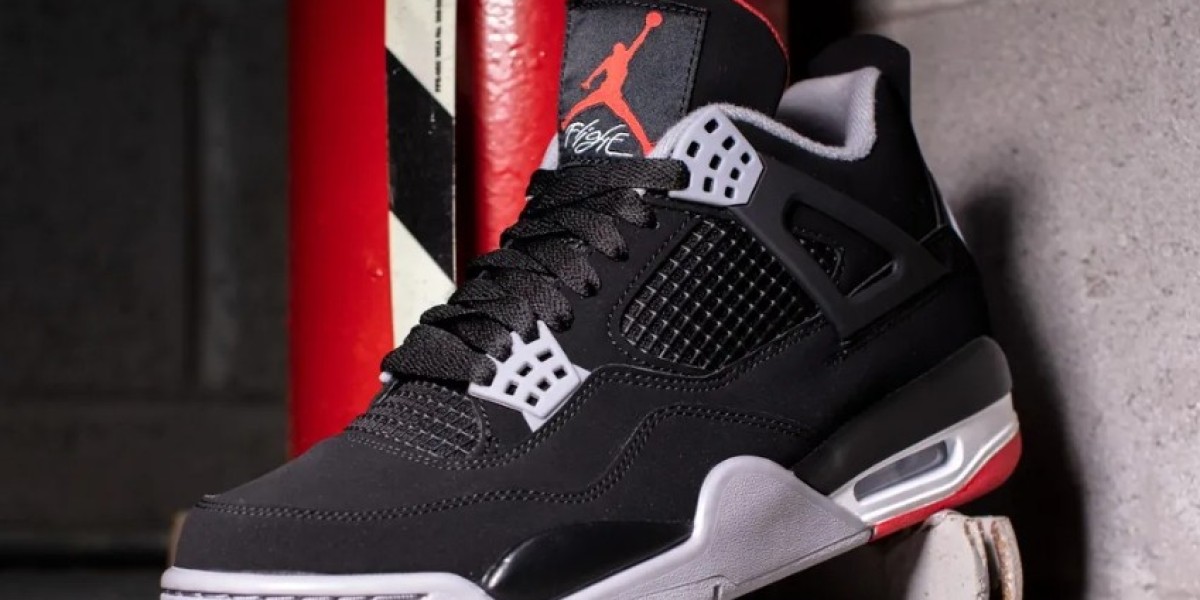COMPREHENSIVE TECHNIQUES, METHODS, AND EXERCISES FOR GOALKEEPERS IN FOOTBALL
In a football team, the goalkeeper holds the lowest position, serving as the guardian of the goal. There are instances where a goalkeeper's saves are likened to goals themselves. Professional clubs and national teams all have dedicated goalkeeping coaches. Many even say, "The goalkeeper is half the strength of the team". They also need to train diligently, regularly honing their skills to become increasingly proficient, effectively dealing with the extraordinary goal-scoring abilities of strikers.
In the following content, let's explore with football prediction today forebet the Techniques and Training Methods for goalkeepers in football. This will further enhance your footballing abilities.
Compilation of essential techniques every goalkeeper must master
Goalkeeper's ball-defensive techniques
goalkeeper-ball-defensive-techniques
These include basic postures, movements, running, jumping, diving, and gestures.
Basic posture: This stance enables goalkeepers to quickly and conveniently transition between different positions. The execution involves: Feet shoulder-width apart, slightly bent knees to shift body weight forward, center of gravity between the two insteps, arms relaxed in front of the chest, elbows slightly bent, palms facing each other, fingers n
aturally extended, and head slightly tilted for better forward observation. This posture can induce fatigue quickly, so it should only be used when necessary. Normally, goalkeepers only need to stand and relax to observe the field, warming up joints when there's no ball.

Goalkeeper's gestures: It's used to deceive opponents, not revealing one's true intentions. Similar to gestures of outfield players, goalkeepers shouldn't let their center of gravity shift towards the direction of deception as it takes time and makes it difficult to shift, thus losing the element of surprise.
These consist of basic ball-catching techniques, body-dropping ball-catching, diving, punching the ball.
Basic ball-catching technique: Includes catching the ball with both hands clasped together, catching palm-up when the ball rolls or is low below the waist, catching palm-down when the ball is high above the chest.
Hugging ball technique: If the ball comes in low, stand straight, body leaning forward, both hands stretched out straight to close in on the ball, allowing the ball to roll up to the chest.
Body-dropping ball-catching technique: In reality, goalkeepers don't always have the ideal posture to catch the ball. In many cases, the ball's trajectory is far from the standing position, so they need to stretch or dive towards the ball. This is a difficult technique, requiring training from an early age. Therefore, goalkeepers need to shift their center of gravity to the foot closer to the ball, the body tilting downwards in sequence: Forehead, outside of the foot, shin, hip, shoulder. To practice, goalkeepers need to practice body-dropping in various postures: Sitting with legs stretched out, kneeling, squatting; Practice body-dropping in a squat position. After getting used to it, start practicing with the ball placed about 1 meter away on the dominant side, increasing difficulty gradually.
Ball-punching technique: This betting tips website is often combined with jumping movements and can be performed with one or both hands. When punching the ball, the upper body slightly rotates to allow the arm to reach further.
Ball-throwing technique: Usually applied when the ball is too far away, using the palm-up, fingertips to push the ball away or the palm to push the ball to both sides. The main force is the goalkeeper's body thrust. This technique is performed by tilting and rotating the body, rotating the arm inward to position the palm, then using the fingertips to contact the ball, pushing the ball forward to make it fly up and away.
Goalkeeper's attacking techniques in football
goalkeeper-attacking-techniques-football
Compared to defense, the goalkeeper's attacking task is less burdensome. But without mastery, the effectiveness will be low. The goalkeeper's attacking activities include techniques: Rolling the ball, throwing the ball, goal-kicks.
Ball-rolling technique: The goal is to deliver the ball accurately to teammates to organize an attack. It is used when opponents have fallen back to prepare for defense. To execute, the goalkeeper uses both hands to hold the ball at hip height, one hand supports below and behind the ball, the other hand, after assisting in pulling the ball back to gain momentum, naturally extends forward to maintain balance and direct the roll. When the ball passes through the body's position, the supporting hand moves away from the ball, rolling horizontally to maintain balance and the ball's direction. The rolling hand continues to push forcefully and releases the ball when the hand's momentum ends.
Training methods for goalkeeper techniques
For those new to football training, it's advisable to refer to images and videos of ball-catching techniques (now widely available on the internet).
When getting hands-on with practical training, start from moving without the ball to movements with the ball to develop a sense of fearlessness and enhance reflexes.
Training methods and exercises for goalkeepers in football tips for tomorrow specially for the goalkeeper position. To become a skilled goalkeeper, regular training is necessary, starting from easy to difficult, practicing alone, with teammates, and don't forget to use genuine football boots to enhance training effectiveness. Wish you success!








